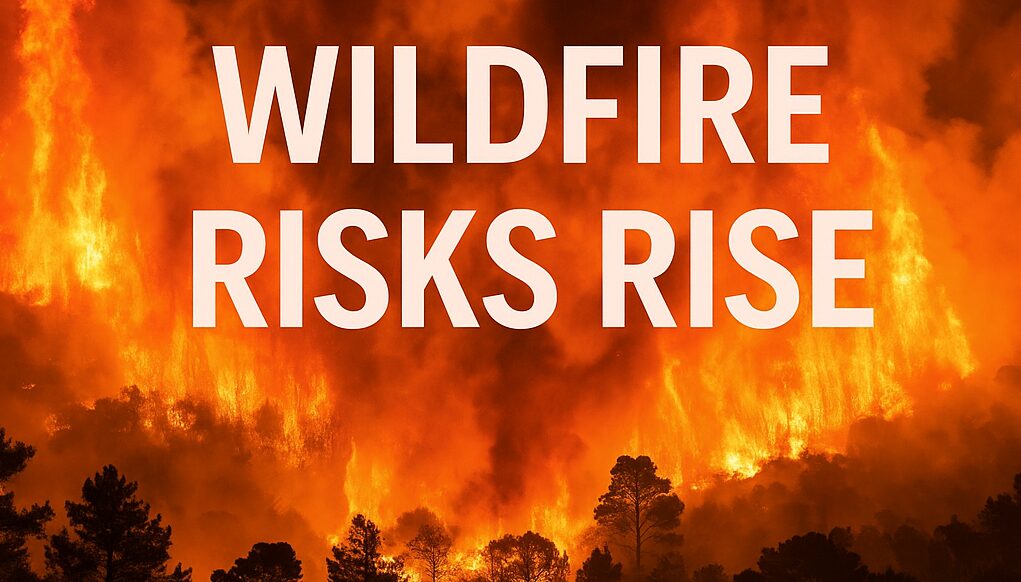As flames continue to tear through France’s Aude department, the wildfire, already having consumed more than 16,000 hectares, is sounding alarms across the south, including in Monaco…
With walls of fire reaching 15 metres high and advancing at speeds of 1,000 hectares per hour, this disaster has become the country’s most destructive blaze of the summer and a stark warning for the entire Côte d’Azur.
Mapped onto the Riviera, the affected zone would stretch from Mandelieu-la-Napoule to Antibes, sweeping through Roquefort-les-Pins and the hinterlands of Mouans-Sartoux. On the eastern side, it would span from Èze through Monaco to Menton and up to Blausasc — showing just how vulnerable the region is.
Monaco, though compact, plays a vital role in the wider regional response. Its Fire and Emergency Service works in coordination with both French and Italian authorities, supporting cross-border surveillance, early detection, and rapid intervention. The Principality’s mountainous terrain and dense vegetation make fire risks particularly acute in the dry summer months, prompting investments in aerial drones, joint simulations, and real-time alert systems that are shared with surrounding municipalities.
As climate change accelerates, extending fire seasons and fuelling more aggressive outbreaks, Monaco’s proactive approach is becoming a model for resilience. The recent blaze in Aude, which has already damaged or destroyed dozens of homes and vehicles and left one dead, is a reminder that no community is too small to face big environmental threats.
An official investigation into the origins of the fire is underway. But on the Riviera, the takeaway is clear: preparedness, coordination, and vigilance are no longer optional.


